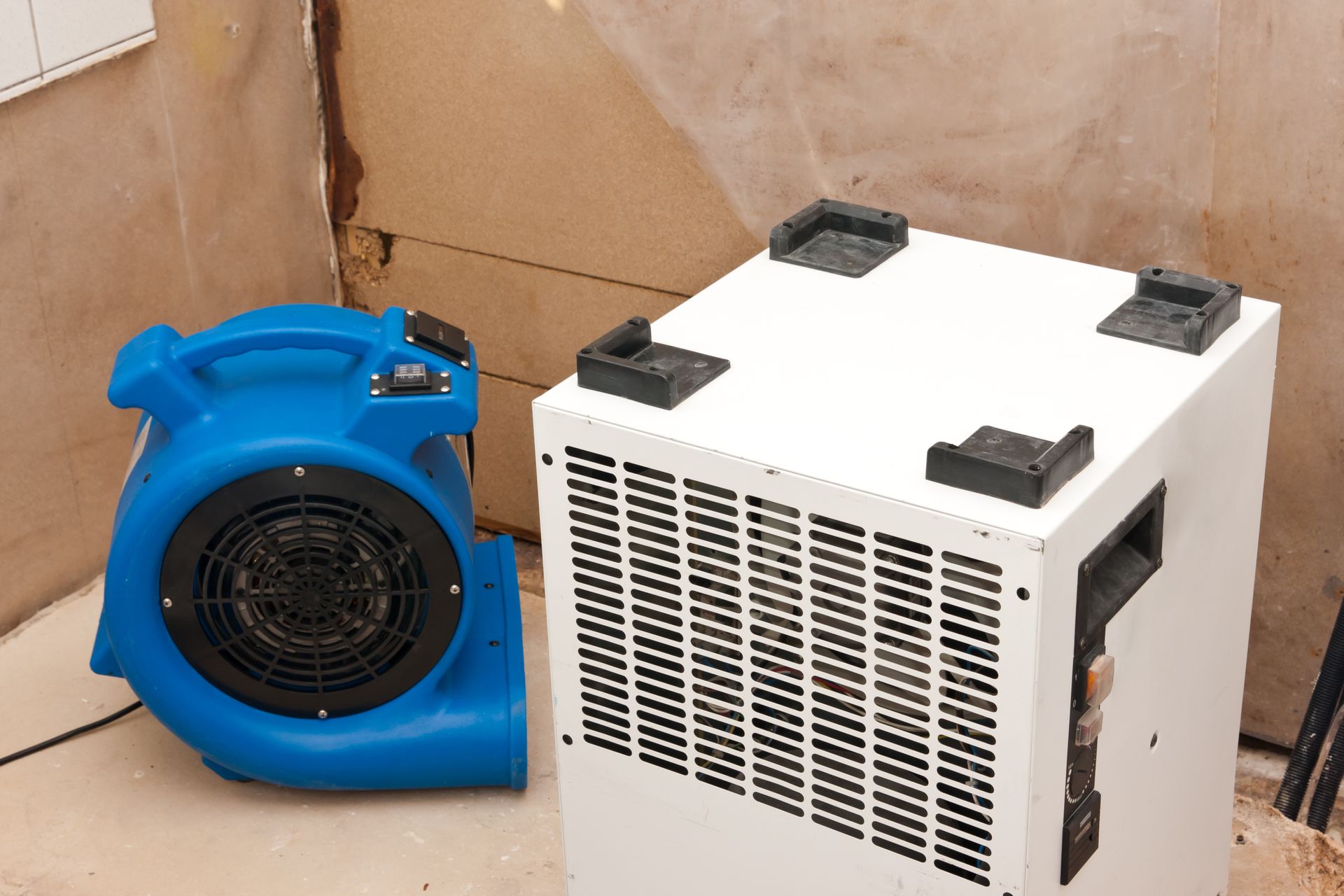Expert Tips for Dealing with Water Damage, Mildew and Mold
Water damage is never something we as homeowners, want to discover. But, unfortunately, it’s a common occurrence that can happen to anyone. Whether it's from a burst pipe, roof leak, or natural disaster, dealing with water damage is something that most homeowners will have to face. If you've experienced water intrusion in your home, there are a few important steps you should take to ensure the safety of your family and minimize the potential damage.
Top 10 Tips for Dealing with Mold and Mildew After Water Damage

Tip 1: Act Fast and Clean Up
Mold and Mildew can begin forming faster than you think. It's critical to start the cleanup process as soon as possible to prevent further damage and keep mold from spreading. Remove any standing water and dry all affected areas immediately.
Tip 2: Ventilate the Area
Drying out the area is essential for preventing mold growth. Open windows and doors to allow fresh air to circulate and set up large fans. Ideally you want to have large industrial fans or larger house fans running in the affected areas to ensure that all moist areas dry out. If moisture remains inside drywall or in other locations, mold spores can quickly begin to form and spread.
Tip 3: Use Dehumidifiers
Dehumidifiers are another great tool to help remove excess moisture and prevent mold growth. They work by removing water from the air, making it harder for mold to grow. Position dehumidifers near the areas that experienced water damage. This, combined with running fans, can help speed up the drying process.
Tip 4: Remove Damaged Materials
Materials such as carpet, drywall, insulation, and furniture that have been heavily saturated and damaged beyond repair should be removed immediately. Prolonged exposure to water can cause these materials to become havens for mold and mildew. It's important to properly dispose of these items to prevent the spread of spores throughout your home. It's important that you test for moisture in your walls, floors, and ceilings to ensure you have removed all affected materials.
Tip 5: Clean and Disinfect
After removing damaged materials, it's important to thoroughly clean and disinfect all affected areas. Use a bleach solution or other recommended cleaning products to kill any existing mold spores and prevent new ones from forming. Be sure to wear protective gear such as gloves and a mask while doing so. If you notice mold growth, it may be time to contact a mold removal professional.
Tip 6: Inspect Hidden Spots
Hidden spots can often harbor mold and mildew, unnoticed, after water damage. These locations may include behind appliances, inside cabinets, under carpets, in wall cavities, and within HVAC systems. It's essential to inspect these areas thoroughly for signs of moisture or mold. If you have access to a moisture meter, it can be an invaluable tool to detect dampness in these hidden spots.
Tip 7: Elevate Furniture and Items
If any furniture or items have come into contact with water, it's important to elevate them off the ground. This action aids in quicker drying and prevents the absorption of additional moisture from the floor. If possible, move these items to a dry, well-ventilated area. For heavier pieces, consider placing rubber blocks or wooden pallets beneath them. This measure not only expedites the drying process but also assists in mitigating potential mold growth. Remember to check beneath and around these items regularly for signs of mold or mildew.
Tip 8: Seal Off the Area
While addressing water damage, it's crucial to prevent mold spores from spreading to unaffected parts of your home. Accomplish this by sealing off the damaged area as soon as possible. Use plastic sheeting and duct tape to create a barrier around the impacted room or area. This containment strategy helps limit the scope of damage and makes the cleanup process more manageable. Remember to seal off any vents or airways to avoid spores migrating through your HVAC system.
Tip 9: Seek Professional Help
In instances where damage is extensive, it may be time to consider enlisting the help of professionals. Water damage restoration experts have the necessary tools, expertise, and experience to handle large-scale mold and mildew issues. They can conduct thorough inspections, remove infected materials, perform deep cleanings, and ensure all moisture is eradicated. Moreover, professionals can provide advice on preventative measures to safeguard your home from future incidents. Remember, while some instances of water damage can be handled independently, do not hesitate to reach out to professionals if the situation feels overwhelming or out of your control.
Tip 10: Prevent Future Occurrences
Once you have successfully dealt with water damage and mold, it's essential to prevent future incidents. Regularly inspect your home for any signs of leaks, especially in areas prone to water accumulation like bathrooms, kitchens, and basements. Ensure your home's exterior, particularly the roof and gutters, is in good condition to prevent water intrusion. Consider installing a sump pump if your basement is susceptible to flooding. Investing in a high-quality dehumidifier can be effective in maintaining optimal humidity levels, which helps prevent mold growth. Moreover, maintaining good ventilation can aid in keeping your home dry and healthy.


